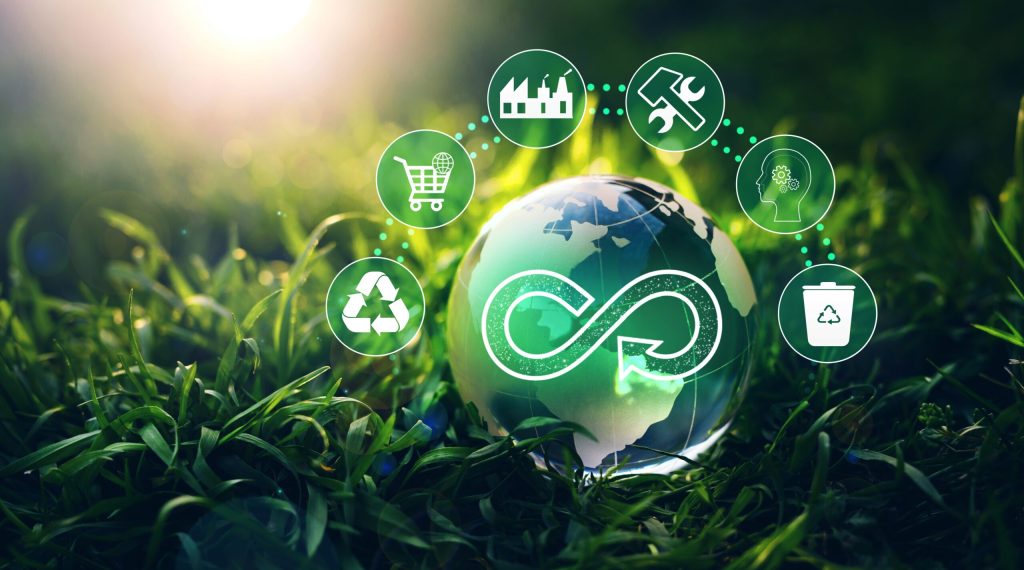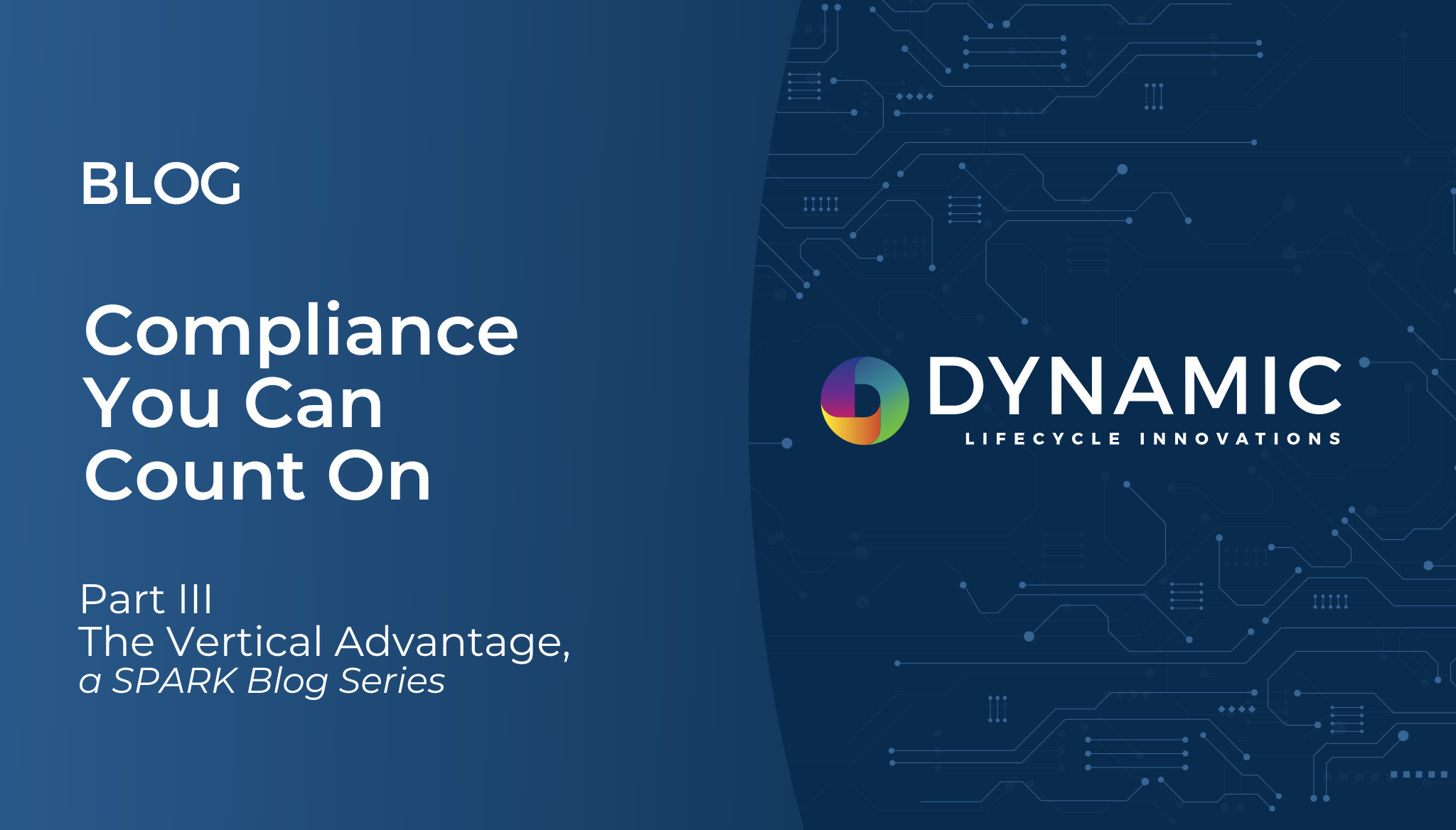Recently, I had the privilege of hosting a roundtable discussion at Circularity 2025 with sustainability leaders from some of the world’s most recognized brands. Our focus? The real-world challenges—and real opportunities—of product takeback programs within the circular economy.
As companies continue to prioritize sustainability, takeback initiatives are emerging as essential tools for closing the loop on materials. But while the concept is simple—take products back at end-of-life and keep them out of landfills—the execution is anything but. From packaging complexity and logistical emissions to consumer convenience and safety regulations, brands are navigating an increasingly intricate landscape to make these programs work at scale.
In this post, I’ll unpack five key topics we explored during our session—offering observations, strategies, and examples of what’s working—and where the path forward lies.
1. Rethinking Packaging Recycling: Tackling the Tough Stuff
Packaging materials like Styrofoam, packing peanuts, and certain types of cardboard present significant recycling challenges in the context of electronics. Styrofoam used to cushion electronic products is lightweight and bulky, making it uneconomical to transport for recycling. Contamination from mixed materials often renders cardboard packaging unsuitable for recycling.
Solutions:
- Material Innovation: Using recyclable alternatives to Styrofoam and plastic films in electronics packaging.
- Design for Recycling: Creating e-waste packaging with mono-materials for easier processing at certified facilities.
- Consumer Education: Educating customers on properly separating and returning packaging for devices and components.
2. The Emissions Equation: Mail-Back vs. Drop-Off
Mail-back programs can introduce a high carbon footprint due to the individual transport of returned items. For e-waste, this impact can be significant if items are shipped from remote areas in single units. In contrast, drop-off centers consolidate these returns, reducing transportation-related emissions.
Strategies:
- Hybrid Models: Offering both mail-back and in-store drop-off for old electronics to reduce carbon impact.
- Optimized Logistics: Coordinating regional e-waste collection routes to reduce emissions during returns.
- Incentivization: Providing recycling credits or trade-in bonuses to promote eco-friendly disposal behavior.
3. Convenience Is King: Designing for Consumer Participation
Convenience is a critical factor in the success of e-waste takeback programs. If the process is too complex or inconvenient, consumers are less likely to participate.
Successful strategies include:
- Simplified Processes: Including prepaid e-waste mailers with device purchases or returns.
- Accessible Drop-Off Points: Partnering with electronics retailers for widespread e-waste drop-off locations.
- Digital Integration: Enabling online scheduling and tracking of e-waste returns.
- Feedback and Rewards: Offering progress tracking or small rewards for customers who consistently recycle old devices.
4. What Works Today: Proven Takeback Models
Several companies have implemented successful takeback programs:
- Nike’s Move to Zero: Collects worn-out shoes to recycle into new products.
- Apple’s Trade-In Program: Allows customers to return old devices for credit, ensuring proper recycling.
- H&M’s Garment Collection: Encourages customers to bring in unwanted clothing for recycling or reuse.
These programs reflect their companies’ sustainability goals, actively engage customers, and provide transparency about item reuse or recycling. They offer a template for electronics manufacturers and retailers looking to expand or refine e-waste recovery efforts.
5. Batteries and Safety: A Category All Its Own
Battery recycling presents unique challenges due to safety concerns. Improper disposal of batteries, especially lithium-ion types, can lead to fires and environmental hazards. E-waste takeback programs must address this with rigorous planning and compliance.
Effective strategies include:
- Safe Collection Methods: Using certified containers and instructions for lithium-ion battery returns.
- Regulatory Compliance: Meeting DOT and EPA guidelines for transporting and recycling electronic waste.
- Public Awareness: Launching awareness campaigns on safe disposal of batteries in electronics.
The future of circularity relies not just on new materials or manufacturing techniques—but on how we handle what comes after. Takeback programs, when executed thoughtfully, allow brands to reclaim value, build customer loyalty, and meet their sustainability goals without compromise.
At Dynamic Lifecycle Innovations, we help organizations design and scale takeback programs that work—logistically, environmentally, and economically. From compliant battery mail-back solutions to end-to-end electronics recovery, we provide the infrastructure and insights to make circularity actionable.
If your organization is ready to turn good intentions into lasting impact, let’s talk.










